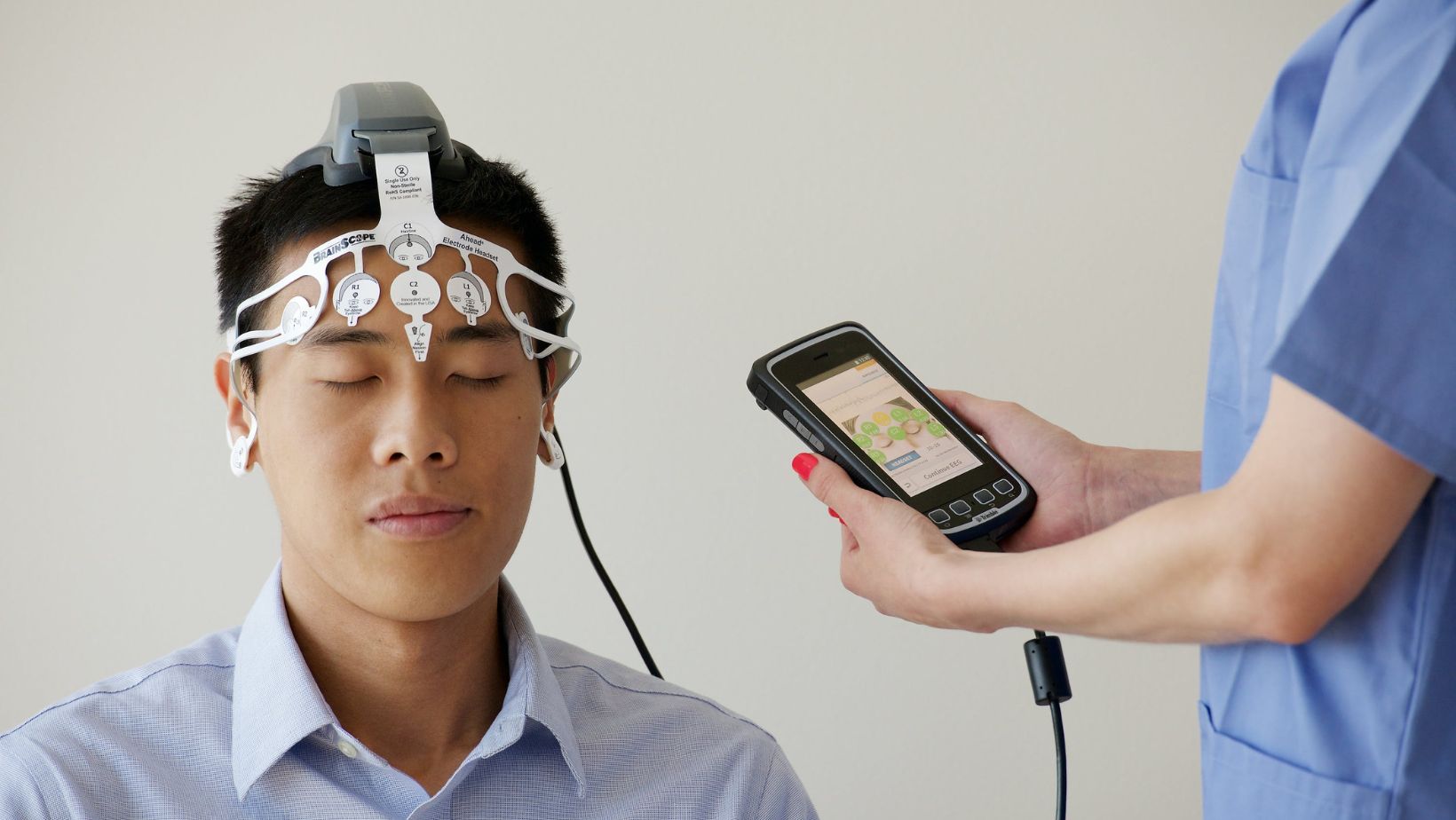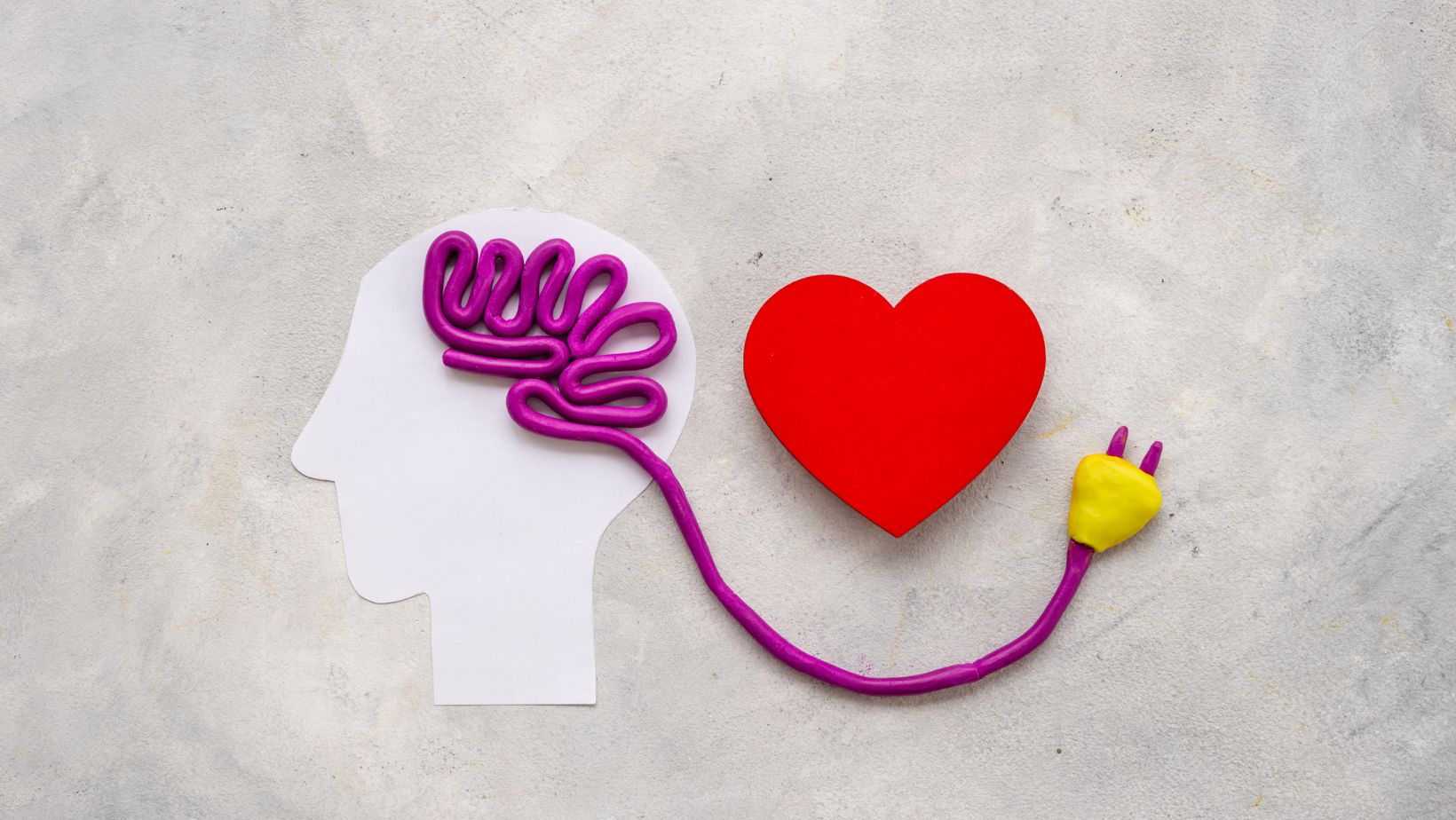Post-Traumatic Stress Disorder (PTSD) is not just an emotional response to trauma; it is deeply rooted in changes within the brain. Understanding how trauma impacts the brain can shed light on why PTSD symptoms occur and guide effective treatments. In this article, we will explore the science behind PTSD and the ways trauma affects brain function and structure.
Table of Contents
ToggleWhat Happens in the Brain During Trauma?
When faced with a threatening situation, the brain’s natural stress response system activates to protect us. This is often referred to as the “fight-or-flight” response. Key brain regions play specific roles during this response:
– Amygdala: This almond-shaped structure detects danger and triggers the body’s stress response.
– Prefrontal Cortex: Responsible for decision-making and regulating emotions, it helps to assess the threat and respond appropriately.
– Hippocampus: Plays a critical role in memory formation and distinguishing between past and present experiences.
During a traumatic event, the brain prioritizes survival, which can sometimes overwhelm its ability to process and store memories accurately. This disruption may contribute to the development of PTSD.
The Effects of Trauma on the Brain
1. Overactive Amygdala
The amygdala becomes hyperactive in individuals with PTSD. This heightened activity makes it harder to regulate fear and stress, leading to:
– Persistent feelings of danger, even in safe environments
– Intense emotional reactions to trauma reminders
2. Impaired Prefrontal Cortex Function
The prefrontal cortex, which normally calms the amygdala and helps regulate emotions, shows reduced activity in people with PTSD. This impairment can result in:
– Difficulty controlling emotional responses
– Challenges in distinguishing between actual threats and harmless triggers
3. Hippocampal Shrinkage
Studies using brain imaging have consistently shown that the hippocampus tends to shrink in individuals with PTSD. This shrinkage is linked to:
– Problems differentiating between past trauma and present experiences
– Memory distortions or gaps related to the traumatic event
The Role of Stress Hormones
Trauma triggers the release of stress hormones like cortisol and adrenaline. While these hormones are helpful during acute stress, chronic elevation can damage brain cells and contribute to the structural changes seen in PTSD. For example:
– Cortisol Dysregulation: Instead of returning to normal levels after a stressful event, cortisol levels may remain abnormal, worsening symptoms like hypervigilance.
– Neuroinflammation: Chronic stress can lead to inflammation in the brain, further disrupting its function.
The Science Behind PTSD Symptoms
Understanding how trauma affects the brain helps explain common PTSD symptoms:
Flashbacks and Intrusive Thoughts
The overactive amygdala and impaired hippocampus work together to create flashbacks and intrusive thoughts. When the hippocampus struggles to distinguish past trauma from the present, memories may feel as vivid and real as when they first occurred.
Hyperarousal and Startle Response
An overactive amygdala and high cortisol levels keep the body on high alert. This results in heightened sensitivity to stimuli, leading to exaggerated startle responses and difficulty relaxing.
Emotional Numbing and Avoidance
The reduced activity in the prefrontal cortex contributes to emotional numbing and avoidance behaviors. People with PTSD may struggle to process or express emotions, leading them to withdraw from activities or relationships that might trigger painful memories.
Brain Imaging and PTSD
Advancements in brain imaging technology, such as functional MRI (fMRI) and PET scans, have provided valuable insights into how PTSD affects the brain. These tools reveal:
– Changes in Brain Activity: Increased activity in the amygdala and reduced activity in the prefrontal cortex.
– Structural Differences: Reduced volume in the hippocampus.
– Connectivity Issues: Altered communication between brain regions involved in fear and memory processing.
These findings underscore the biological basis of PTSD, helping to reduce stigma and promote understanding that PTSD is not simply a “weakness” but a medical condition.
Can the Brain Heal from PTSD?
The brain’s ability to adapt and recover, known as neuroplasticity, offers hope for individuals with PTSD. With the right treatment, the brain can rewire itself and restore healthier patterns. Effective treatments include:
1. Psychotherapy
– Cognitive Behavioral Therapy (CBT): Helps individuals reframe negative thought patterns and regain control over their emotions.
– Trauma-Focused Therapy: Targets the memories and beliefs associated with the traumatic event.
– Eye Movement Desensitization and Reprocessing (EMDR): A therapy designed to process traumatic memories using guided eye movements.
2. Medications
– Selective Serotonin Reuptake Inhibitors (SSRIs): Commonly prescribed antidepressants like sertraline (Zoloft) and paroxetine (Paxil) can help regulate mood and anxiety.
– Prazosin: A medication often used to reduce trauma-related nightmares and improve sleep.
3. Lifestyle and Support
– Mindfulness Practices: Meditation and yoga can reduce stress and promote emotional regulation.
– Exercise: Physical activity has been shown to support brain health and reduce PTSD symptoms.
– Support Groups: Sharing experiences with others who understand can foster healing and connection.
Promising Research and Future Directions
Researchers are exploring innovative approaches to treating PTSD, including:
– Virtual Reality Exposure Therapy (VRET): Uses virtual environments to help individuals face trauma-related triggers in a controlled setting.
– Neurofeedback: Trains individuals to regulate brain activity patterns associated with PTSD.
– Ketamine Therapy: Early studies suggest that low-dose ketamine infusions may help reduce severe PTSD symptoms.
Final Thoughts
PTSD is a complex condition rooted in the brain’s response to trauma. By understanding the science behind it, we can better empathize with those affected and advocate for effective treatments. Recovery is possible, and with continued research, the future holds even more promising solutions for healing.






